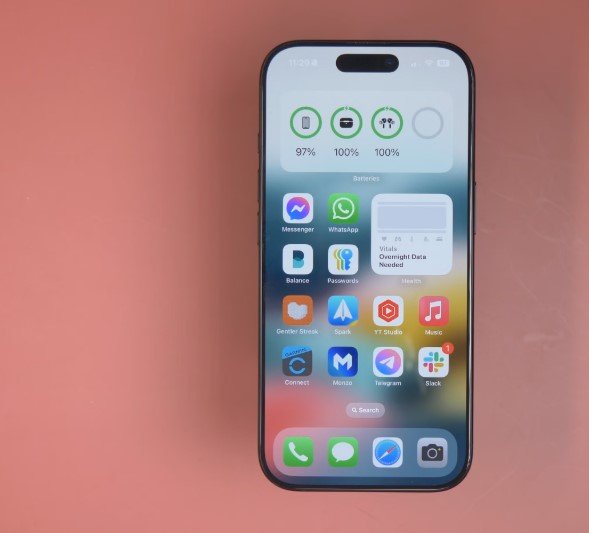Apple is set to reveal four iPhones this September: the standard iPhone 17, iPhone 17 Pro, iPhone 17 Pro Max, and the brand-new iPhone 17 Air. The Air model is targeted at users craving a more compact, feather-light phone without sacrificing performance.
The standard iPhone 17 looks to offer a fresh take with a curved, more ergonomic design, ditching the boxy edges for smooth contours that feel better in the hand. It’s a subtle but welcome change that Apple fans will appreciate.
Meanwhile, the iPhone 17 Air takes slimness to another level. Rumors suggest this model will be the thinnest iPhone ever, perfect for those who hate bulky phones. It’s expected to attract users who want a pocket-friendly device that still packs a punch.
Price Tag in Different Markets
The Air is positioned slightly cheaper than the standard iPhone 17, reflecting its lighter build and possibly fewer premium features. Still, it’s not a budget phone by any stretch. In India, the ‘Made in India’ push might keep prices a bit more competitive, even if taxes and import duties bite.

Apple’s launch events typically begin in early September, and pre-orders should open within days after the announcement. The phones usually hit stores a couple of weeks later, so mark your calendars for mid-to-late September.
Camera Showdown: What to Expect?
The camera specs are where things get juicy. Apple loves to surprise us, but the leaks so far paint a clear picture.
-
The iPhone 17 will reportedly feature a 24MP front camera — a noticeable upgrade aimed at selfie lovers and video callers. The back will house a dual-camera system with a 48MP main sensor paired with a 12MP ultra-wide lens, much like the iPhone 16, but with some refinements for sharper images and better low-light performance.
-
The iPhone 17 Air may have a slightly pared-down setup. Early reports suggest a 12MP front camera and a dual-lens rear camera system, probably with a 48MP main sensor but no ultra-wide lens, keeping things simple and saving space in its slim chassis.
Both models are expected to have improvements in computational photography, AI-powered enhancements, and video capabilities. Honestly, Apple’s software magic often makes even modest hardware sing.
Design and Build: Comfort Meets Style
Apple’s knack for design is legendary, and these two models promise distinct feels.
The iPhone 17’s switch to curved edges might seem minor but could make a big difference when holding the phone for long periods. Ergonomics matter, especially as phones get bigger and heavier.
The iPhone 17 Air, on the other hand, will likely ditch metal for lighter materials, possibly advanced composites or titanium alloy. This shift would help reduce weight drastically while keeping the phone durable enough for daily use.
Users who hate bulky phones have had options like the iPhone SE, but the 17 Air might fill a gap for those wanting flagship-level tech in a svelte package.
Regional Launch and Availability
The global rollout of new iPhones is usually staggered, and demand varies widely by region. Here’s what we know so far:
-
India: With Apple’s push on local manufacturing, India gets early access and better prices compared to previous years. The government’s “Make in India” initiative is helping Apple reduce import taxes, making these premium phones slightly more affordable for the average buyer.
-
USA: Naturally, the US remains the primary market. Pricing is straightforward, and availability is typically first here. Expect long queues and sold-out online pre-orders, as usual.
-
Dubai: A major luxury gadget market, Dubai usually sees iPhones at launch prices that are slightly higher than the US but lower than India due to tax differences.
Apple’s logistics and retail strategies have evolved, so expect a smooth rollout, although initial stock may be limited, especially for the Air.
In the end, Apple’s iPhone 17 Air could redefine what a flagship phone means for many. Lighter, slimmer, and more accessible, it looks to blend premium features with practicality. Meanwhile, the standard iPhone 17 continues Apple’s steady march with solid upgrades and a more comfortable design. Both phones will cater to distinct users but keep Apple competitive in an increasingly crowded market.
